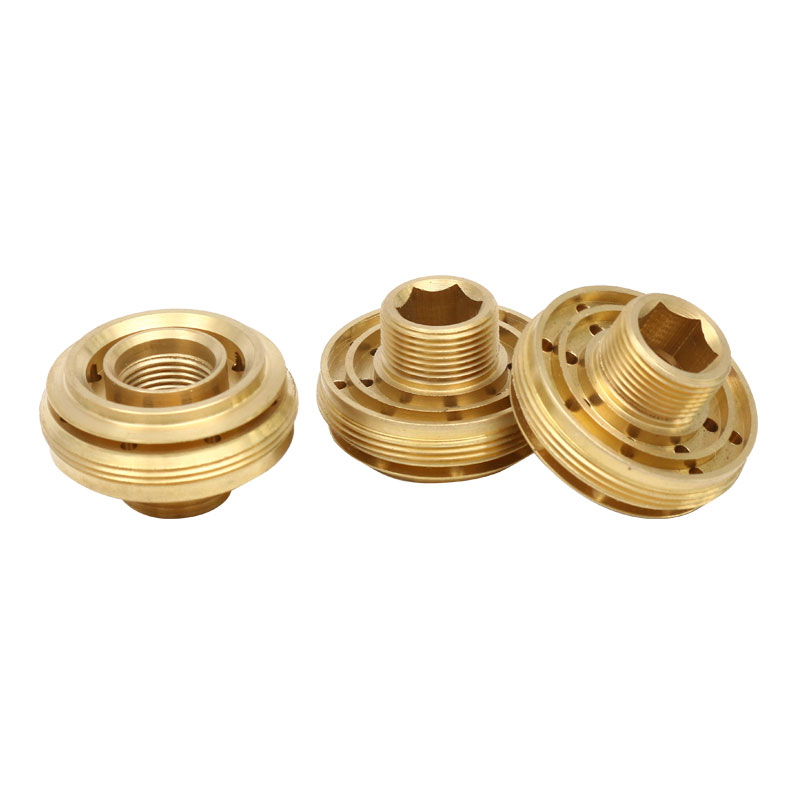Summary:Materials of metal parts: steel and non-ferrous metals (or non-ferrous metals), steel: the alloy of ...
Materials of
metal parts: steel and non-ferrous metals (or non-ferrous metals), steel: the alloy of iron with a carbon content of 2% to 4.3% is cast iron, and the alloy of iron with a carbon content of generally 0.03% to 2% is steel .
Processing technology:
1) Anti-corrosion and anti-rust treatment: black-boiled and blue-boiled treatment is also called phosphating treatment, which makes metal parts have corrosion resistance and rust resistance.
2) Hardening treatment: the treatment method to increase the hardness of metal parts: 1. To increase the surface hardness of metal parts, use surface carburizing, and the surface color will be black after carburizing; 2. Quenching treatment can increase the hardness; 3. Vacuum heat treatment Improve overall hardness.
Processing technology:
Machining, stamping, precision casting, powder metallurgy, metal injection molding, laser machining, EDM, ultrasonic machining, electrolytic machining, particle beam machining and ultra-high-speed machining. Similar to turning, milling, forging, casting, grinding, CNC machining, and CNC CNC centers are all conventional machining processes.
Casting:
The liquid metal is poured into the mold cavity suitable for the shape and size of the part, and it is cooled and solidified to obtain the production method of the blank or part, which is usually called metal liquid forming or casting.
Process flow: liquid metal → filling → solidification shrinkage → casting
Metal parts processing density tester KW-300A, metal parts, refers to the collective name of various specifications and shapes of metal blocks, metal bars, metal pipes, etc. made of metal materials. In the production process, the density is very important. One of the physical properties, manufacturers need to strictly control the density index of the product.

 Main:+86 574 87907106
Main:+86 574 87907106![]() Main:+86 574 87907106
Main:+86 574 87907106